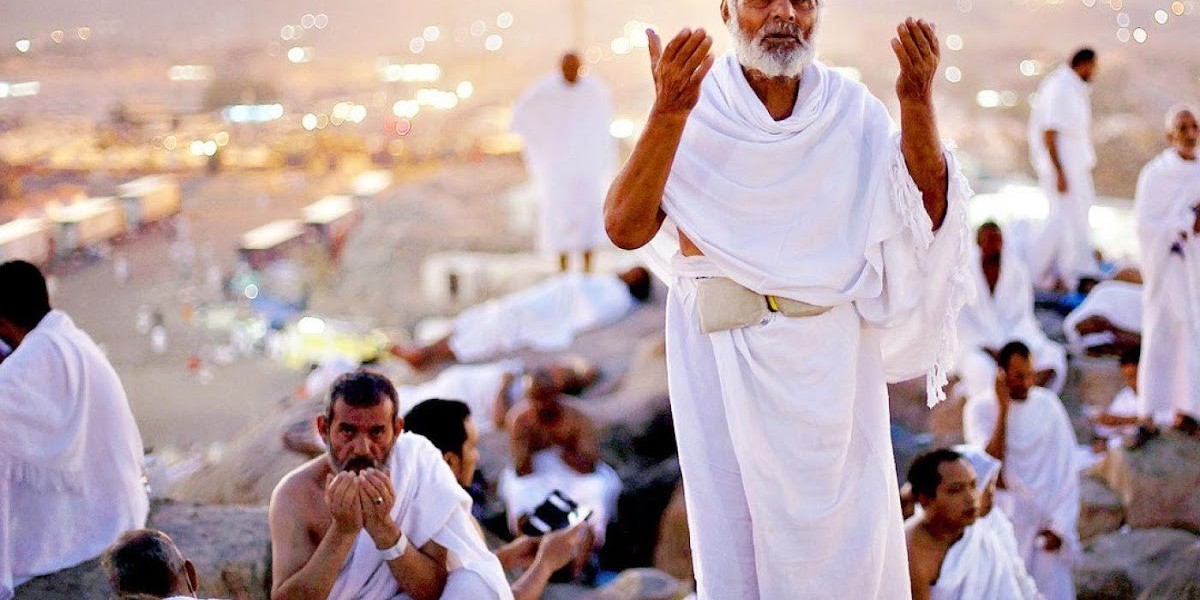Ihram, the state of consecration marked by specific attire and restrictions, serves as a cornerstone of both Hajj and Umrah pilgrimages. It's a gateway to a transformative journey, both physically and spiritually, holding immense significance for Muslims. Let's explore the key rituals and significance associated with ihram:
Entry into Ihram:
Niyyah (Intention): The journey begins with declaring one's sincere intention to undertake Hajj or Umrah through the Talbiyah declaration.
Purification: Performing wudu (ritual ablution) or ghusl (full body bath) ensures physical cleanliness before entering the sacred state.
Donning Ihram Garments: Men wear two seamless white sheets (ihram), while women wear loose, modest clothing covering their entire body except for the hands and face.
Prohibitions and Restrictions:
Certain activities are prohibited: These include marital relations, harming living creatures, wearing stitched clothing, perfumes, and engaging in arguments or harmful speech.
Focus on Spiritual Devotion: These restrictions encourage complete dedication to prayer, supplication, and reflection on one's relationship with God.
Rituals of Hajj and Umrah:
Circumambulation of the Kaaba: Tawaf signifies respect and devotion towards God, performed by walking seven times around the Kaaba in a specific manner.
Sa'i: Running or walking between the hills of Safa and Marwa commemorates Hagar's search for water for her son Ishmael.
Standing at Arafat: This central ritual of Hajj involves supplication and seeking forgiveness on the Day of Arafat.
Throwing Stones at Jamarat: Symbolically stoning the devil represents rejecting evil and resisting temptation.
Animal Sacrifice (Hajj Only): Offering an animal sacrifice signifies gratitude to God and submission to His will.
Shaving or Haircut: Removing head hair marks the end of the state of ihram and signifies completion of the pilgrimage.
Significance of Ihram:
Equality and Unity: Ihram removes social and economic distinctions, fostering a sense of unity and oneness among pilgrims.
Spiritual Renewal: Restrictions and rituals facilitate introspection, repentance, and a return to faith's core values.
Following Prophetic Precedent: Wearing ihram and performing rituals reenact the actions of Prophet Abraham and other prophets, strengthening the connection to Islamic history.
Personal Growth and Transformation: Facing challenges and engaging in rituals can lead to significant personal growth and a renewed commitment to living a more virtuous life.
Remember:
Specific rituals and their interpretations may vary between different Islamic schools of thought (Madhabs). Always consult reliable sources for detailed guidance relevant to your practice.
Respect local customs and cultural norms while undertaking your pilgrimage.
Approach ihram with reverence, sincerity, and openness to experience its transformative power.
By understanding the rituals and significance of ihram, you can gain a deeper appreciation for this sacred practice and its profound impact on Muslim pilgrims.
source:احرام حنتوش








